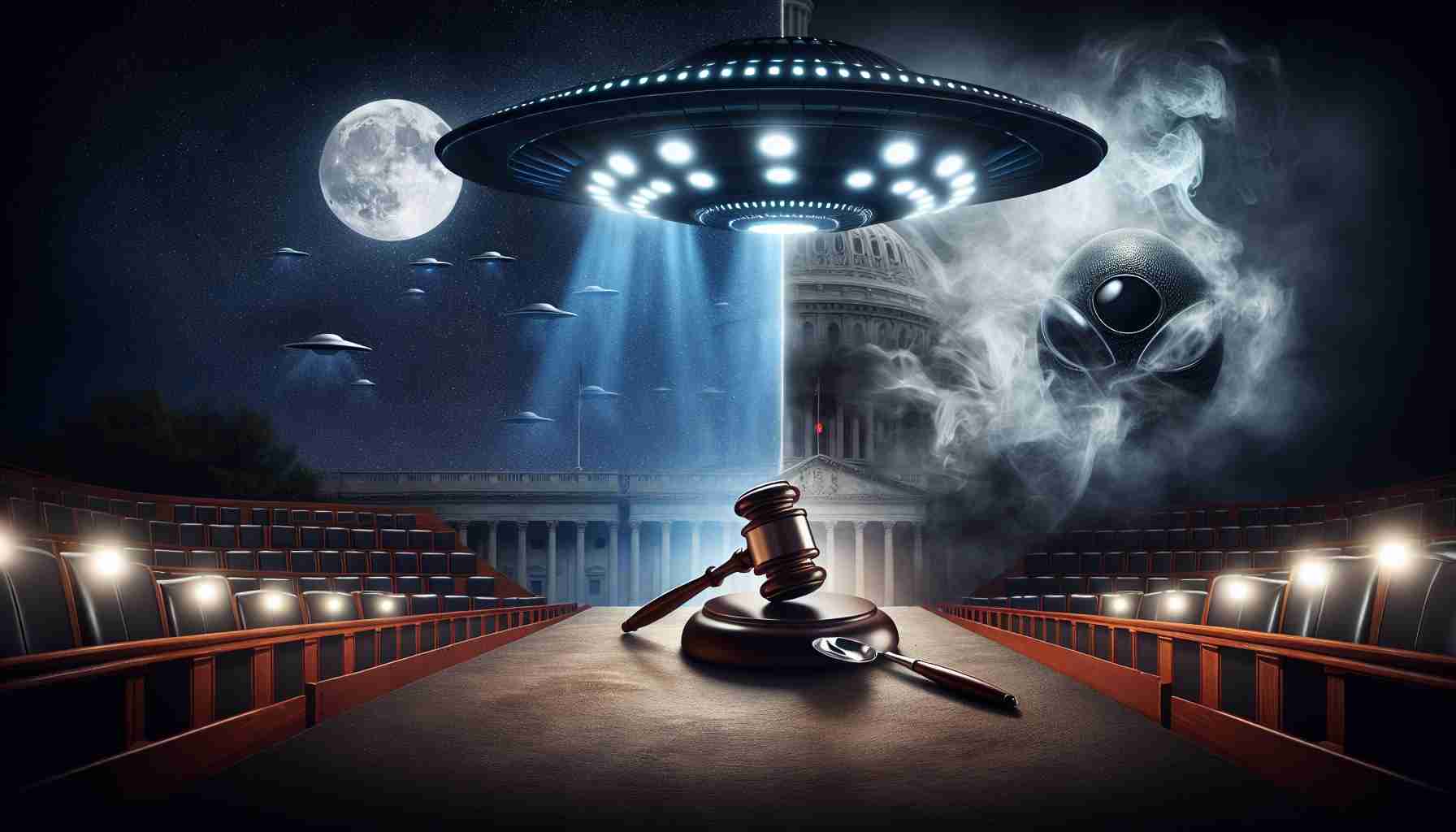In a dramatic twist of congressional demands, there’s an urgent call for greater transparency concerning unidentified anomalous phenomena (UAP), previously known as UFOs. This bipartisan initiative is stirring interest across the political aisle as the mystery continues.
Congressional Action: During a recent hearing, lawmakers from both parties expressed concerns over the unknown expenses tied to UAP research funded by taxpayer money. Leading the charge, the House Oversight and Accountability Committee expressed a need to uncover the truth behind these expenditures. Ensuring national security, they stressed the importance of staying ahead if any technology could potentially harm citizens or international allies.
Financial Mystery: The Department of Defense is slated to receive an $850 billion budget by 2025, but the actual expenditures on UAP investigations remain murky, fueling suspicions and demand for clarity. The All-Domain Anomaly Resolution Office (AARO), which was established in 2022, has been tasked with shedding light on these unexplained phenomena.
Push for Disclosure: Amplifying these concerns, legislators introduced the UAP Transparency Act. This proposed bill mandates releasing all federal documents on UAPs within 270 days and demands quarterly updates to Congress. Since its referral to the House committee in May, no progression has been noted.
Despite analyzing 757 UAP reports from May 2023 to June 2024, 21 cases stood out, demanding further scrutiny. Nevertheless, officials confirmed no link to extraterrestrial life, maintaining this enigma shrouded in secrecy and speculation.
Unidentified Anomalous Phenomena: How a Congressional Push Could Impact Humanity and Technology
The mysterious world of unidentified anomalous phenomena (UAPs), previously known as UFOs, is capturing more than just the imagination of science fiction fans—it’s also drawing significant attention from the highest echelons of government. In a surprising and bipartisan initiative, U.S. lawmakers are championing greater transparency to unravel the secrets held within UAP investigations. This push could have profound implications for future technological advancements and our understanding of the universe.
Technological Implications of UAP Discoveries
The drive for transparency isn’t just about satisfying curiosity; it holds potential technological ramifications. UAPs, often associated with advanced technology, could reveal new forms of propulsion, energy sources, or materials previously thought impossible. This knowledge could catalyze breakthroughs in aerospace and energy sectors, propelling humanity into uncharted technological territories.
Society and UAPs: Changing Perspectives
A newfound transparency might also influence societal perspectives on extraterrestrial life and humanity’s place in the universe. Historically, UFO sightings have been surrounded by stigma and skepticism. Public disclosure could usher in a shift, encouraging scientific inquiry over fear or ridicule. This could inspire a new generation of researchers to pursue careers in astrophysics and aeronautics, potentially leading to innovative discoveries.
Controversial Concerns and Political Debate
Despite the potential benefits, the quest for UAP transparency is not without its controversies. Critics argue that divulging too much information could jeopardize national security, revealing sensitive defense technologies in the process. Furthermore, the significant expenditures related to UAP research—called into question by lawmakers—raise concerns about government spending priorities. Should these funds be allocated towards tangible and immediate Earth-bound challenges instead?
These debates underscore the fundamental question: Is pursuing UAP disclosure worth the potential risks to national security? While the UAP Transparency Act suggests quarterly updates to Congress, there’s a valid concern regarding the balance between transparency and security.
Potential Challenges: Ethical and Practical Considerations
The ongoing efforts to compel disclosure raise ethical questions about information control and public access to knowledge. Is it ethical for governments to withhold potential technological advancements from the public domain? Moreover, practical challenges, such as the sheer volume of declassified documents and the daunting task of sifting through them, could delay immediate understanding and application of any newfound knowledge.
Conclusion
As the UAP matter unfolds, it prompts us to question the ethical, technological, and societal impacts of such discoveries. The possibility of new technological advancements offers a tantalizing glimpse into future possibilities, while concerns over security and ethical disclosure fuel ongoing debates.
While we await the developments surrounding the UAP Transparency Act, the potential intersection of UAP research and technological innovation remains a captivating story to watch.
For more insights into this developing topic, visit NASA and The U.S. Department of Defense.
